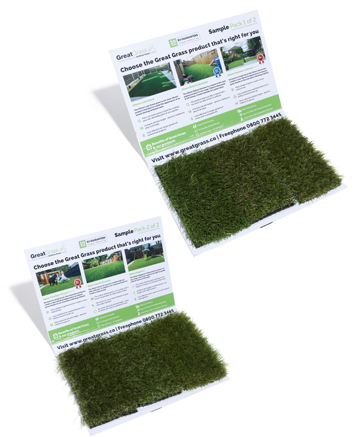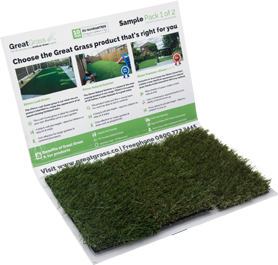Over the years it has gained many different names and whether you prefer to call it artificial grass, artificial turf or astroturf, it essentially means the same thing. In fact, you can actually purchase your false turf in regards to its particular needs, especially when it comes to sports fields. With the realistic appeal of artificial turf sweeping the nation, it’s no secret why many households continue to make the change. In this blog, we’re going to talk about the meaning behind 2G and 3G artificial turf…
2G: Second Generation
This is a very classic type of artificial turf that has a sand base and comes with a carpet-like texture. The 2nd generation turf first became popular in the 1990’s when the industry was first developing. Nowadays, you wouldn’t call this artificial grass because our standards have developed and the days of rough textures and false looking plastic are gone as we want our artificial grass to look as real as possible! A 2G turf is suited for a field hockey pitch, however it isn’t recommended for a football pitch because it hasn’t got a very good grip.
3G: Third Generation
Developments in the world of artificial grass have led to 3rd generation turf with a longer pile. This simply means that the strands in the grass are much longer and resemble much taller blades of grass. Inside this generation of turf, there is sand and rubber-crumb which is used as an infill. It is spread all over the turf in order to aid the drainage below it and act as a shock absorbent, making it much more suitable for a football pitch.
Whether you’re looking to play sports or glam up your garden, there are a lot of benefits that can be gained from the implementation of artificial grass. In fact, artificial turf began its life in the 1960’s on the fields of American football stadiums and here at Great Grass, we that’s a great origin story. Now you know the difference between 2G and 3G artificial grass, it’s time to get in contact with the experts and try out some of our samples!


